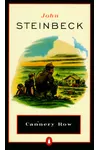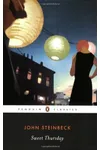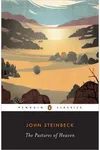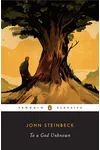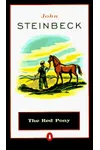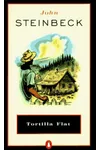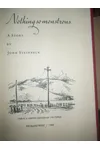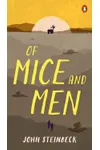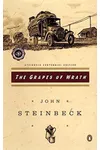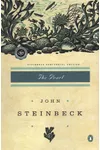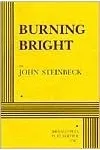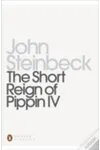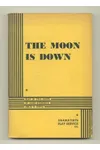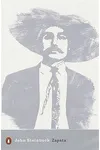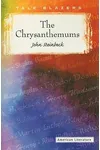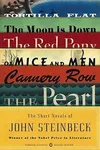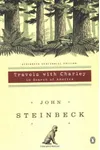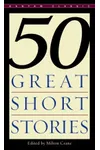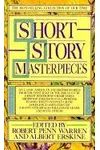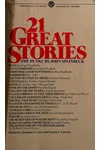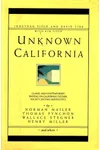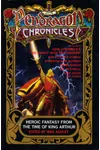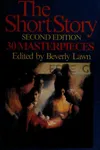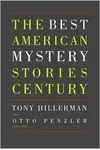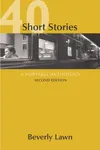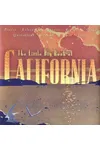Picture an American storyteller who painted the struggles of the Great Depression with heart-wrenching clarity—meet John Steinbeck! Born in 1902 in Salinas, California, this Nobel Prize-winning author captured the soul of working-class America in classics like The Grapes of Wrath. His vivid narratives and deep empathy for the underdog made him a literary legend.
Steinbeck’s 27 books, from novels to nonfiction, weave tales of resilience, community, and the human spirit. Ready to dive into his world? Let’s explore the life, works, and lasting impact of this literary giant.
The Making of John Steinbeck
John Steinbeck grew up in the fertile Salinas Valley, a landscape that would later star in his stories. Born to a middle-class family, he worked on ranches as a teen, rubbing elbows with the migrant workers who inspired his characters. After studying at Stanford University (without graduating), he moved to New York in 1925, chasing a writing dream. Early novels like Cup of Gold flopped, but Steinbeck’s grit kept him going. By the 1930s, he was back in California, crafting the stories that would define his career.
John Steinbeck’s Unforgettable Stories
Steinbeck’s writing is a love letter to the overlooked—farmers, laborers, and dreamers crushed by circumstance. His masterpiece, The Grapes of Wrath (1939), follows the Joad family’s harrowing journey from Oklahoma’s Dust Bowl to California. This Pulitzer Prize-winning novel blends raw realism with biblical undertones, exposing the plight of migrant workers. Of Mice and Men (1937), a novella about two drifters with big dreams, showcases his knack for compact, emotional storytelling.
East of Eden (1952), Steinbeck’s sprawling saga of good and evil, draws from his Salinas Valley roots, exploring family dynamics with mythic depth. His lighter works, like Cannery Row (1945), capture Monterey’s quirky characters with humor and warmth. Steinbeck’s style—gritty yet poetic, grounded in social justice—made his stories timeless. He didn’t just write; he gave a voice to the voiceless.
Why John Steinbeck Matters
Steinbeck’s work reshaped American literature, shining a spotlight on inequality and human resilience. His books, translated into dozens of languages, remain staples in classrooms and book clubs. In 1962, he won the Nobel Prize for Literature, praised for his 'realistic and imaginative writings.' Beyond awards, his stories inspire readers to empathize with the marginalized, a legacy that resonates in today’s divided world.
Steinbeck’s influence extends to film and theater—The Grapes of Wrath and Of Mice and Men became iconic adaptations. His commitment to social issues, from labor rights to environmentalism, also paved the way for activist writers. Decades after his death in 1968, Steinbeck’s words still urge us to see the humanity in every struggle.
About John Steinbeck
- Born: February 27, 1902, Salinas, California
- Key Works: The Grapes of Wrath, Of Mice and Men, East of Eden
- Awards: Pulitzer Prize (1940), Nobel Prize in Literature (1962)
- Died: December 20, 1968, New York City
Snag The Grapes of Wrath or Of Mice and Men and dive into Steinbeck’s soul-stirring world of grit, heart, and humanity!
